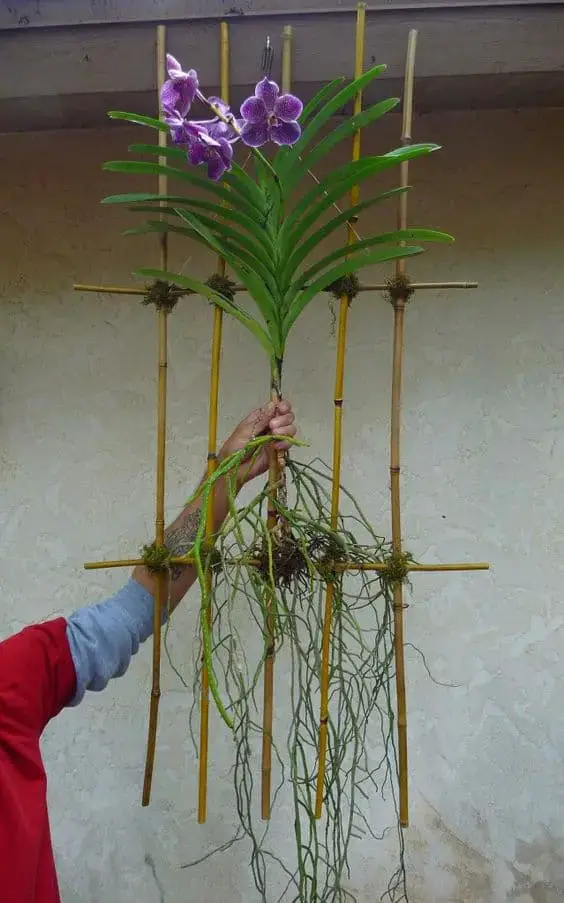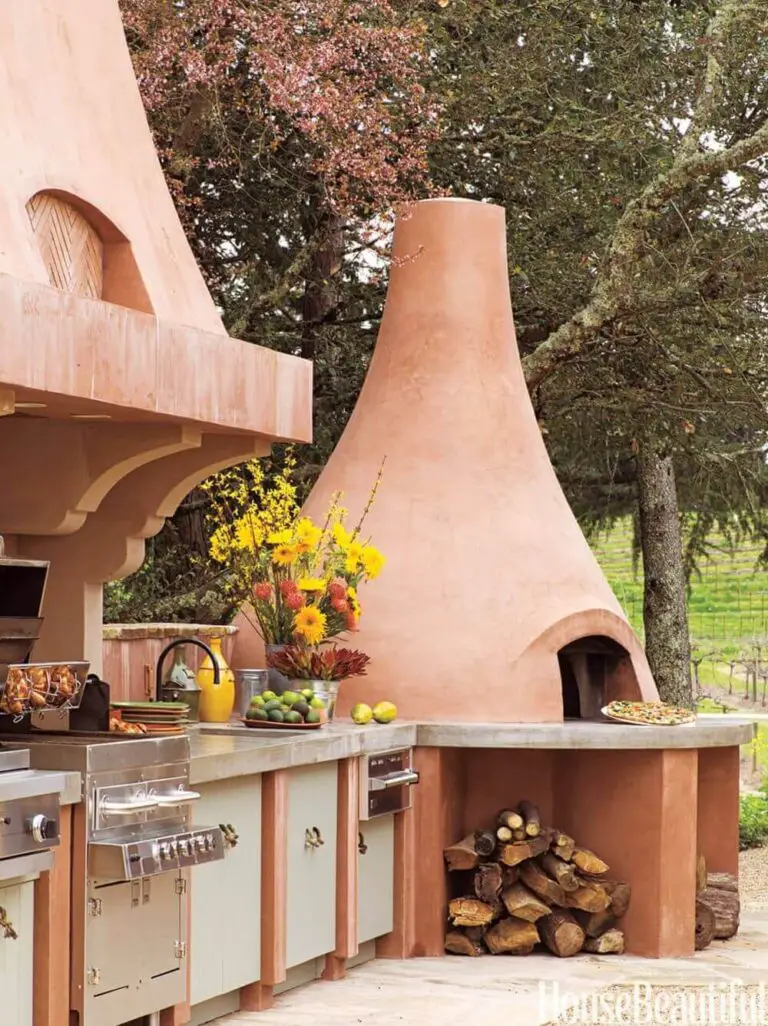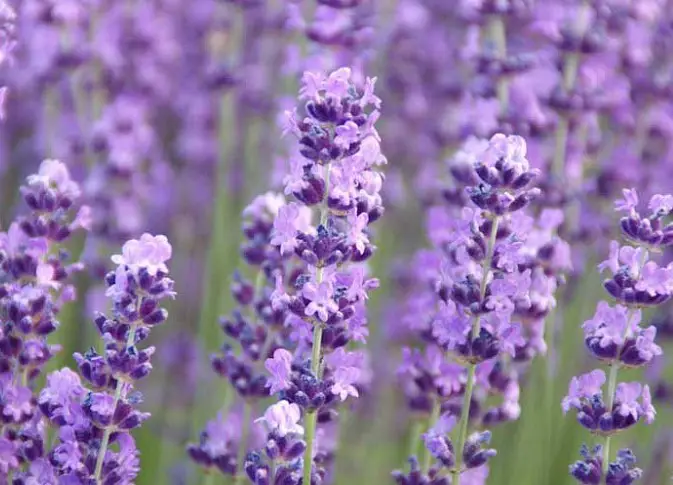Gardening And Hydroponics: What Is Perlite?
When you first started gardening, you might have encountered white particles mixed with soil or seen jagged pebbles in pots. Perlite has gained a reputation over time, and now you’re curious about its benefits and drawbacks. Before diving into using perlite in your garden, it’s essential to understand what it is, its applications, and the manufacturing process. This article will cover the key aspects of perlite, including its appearance, uses, composition, and production methods.
In this article, we’ll delve into the characteristics of perlite, exploring its various types, such as expanded perlite, horticultural perlite, and vapex. We’ll also discuss how to use perlite in potting mixes, hydroponics, and for succulent cultivation. Additionally, we’ll examine the pros and cons of using perlite, including its effects on water retention and potential breakdown.
Furthermore, we’ll compare perlite with other popular soil additives like vermiculite, pumice, sand, and diatomaceous earth. By the end of this article, you’ll have a comprehensive understanding of perlite’s properties, uses, and limitations, allowing you to make informed decisions about incorporating it into your gardening routine.
What is perlite?

Perlite is often associated with commercial potting soils, where its white, styrofoam-like appearance can be found among the other ingredients. But what is perlite, really? Despite its characteristic white hue, perlite is not naturally occurring – it’s actually a byproduct of volcanic activity. In fact, scientists classify perlite as a type of volcanic glass, which in its natural state can be gray or even black in color.
The industrial processing that gives perlite its distinctive white color is what sets it apart from its original form.
What does perlite look like?


Raw perlite typically presents itself in a gray or black hue. However, when subjected to high-temperature processing, its color can transform to white. When combined with commercial potting soil, the resulting mixture may resemble crushed white shells. In construction contexts, perlite often resembles small white pebbles. For gardening and landscaping purposes, perlites typically lack defined shapes, taking on an amorphous form.
In hydroponic applications, perlite is usually diluted in water, blurring its visual identity even further.
What is perlite used for?
Perlite’s unique characteristics make it an essential component in many gardens and hydroponic systems. Its mineral properties are particularly beneficial in several key areas, including maintaining a neutral pH level in the soil, promoting better aeration through its porous structure with built-in water and air pockets. Additionally, perlite’s organic nature ensures that it doesn’t toxic to the soil, allowing for optimal nutrient levels.
Furthermore, it improves water drainage by retaining the right amount of water while efficiently draining excess, making it an ideal substitute in hydroponic systems where soil is absent.
What is perlite made of?

Perlite has a rich history dating back to ancient times when volcanic regions were abundant and served as prime settlement areas due to their fertile soils. This legacy has contributed to its enduring importance in gardening and hydroponics. The reason for this lies in perlite’s unique composition, comprising 75% silicon dioxide and 25% aluminum oxide, a combination that fosters the development of robust roots and sturdy stems in plants.
Moreover, perlite is also enriched with a range of beneficial minerals, including sodium, potassium, magnesium, calcium, and 5% water, further enhancing its value as a valuable additive for soil and plant health.
How is perlite made?
Perlite’s journey from obsidian rock to gardening superstar begins with a natural process, but the type used in horticulture undergoes further processing. This refined perlite is created through a unique transformation, reminiscent of popcorn cooking. The initial step involves mining gray/black obsidian and crushing it into fragments. Subsequently, these fragments are heated to an astonishing 900 degrees Celsius.
As they reach this scorching temperature, the obsidian fragments soften, releasing trapped water vapor. With each fragment expanding exponentially – up to ten times its original size – its color shifts from dark to brilliant white. Notably, perlite’s outer surface develops a remarkable property: it resists compaction and effectively blocks moisture entry by absorbing water.
Pros and cons of perlite
Perlite’s dual nature as a volcanic glass presents both advantages and disadvantages in gardening and hydroponics. Its neutral pH level and water retention capabilities make it an excellent soil amendment for soilless gardening, such as in hydroponic systems. Additionally, its affordability and reusability make it a popular choice among horticulturists. However, perlite’s lightness and buoyancy pose significant drawbacks.
In certain setups like ebb and flow or flood and drain systems, the perlite’s inability to anchor plants can lead to unstable root growth and require frequent removal from the system to prevent water pooling. Moreover, its dusty nature poses health risks when inhaled by humans, and can also clog solutions or mixes where it is added.
Types of perlite
While we’ve been using the term perlite liberally throughout our discussion, it’s essential to clarify that there are actually three distinct types of perlite. In most instances, we’ve been specifically referring to horticultural perlite, which has played a crucial role in our analysis. To shed further light on this matter, let’s delve into the unique characteristics and applications of each perlite type.
Expanded perlite

In the realm of construction and industry, a specific type of perlite stands out for its unique characteristics. Expanded perlite, with its remarkably low 6% water content and 15 times larger size compared to volcanic glass, has gained popularity due to its inherent fire resistance and self-regulating thermal properties. These features make it an attractive solution for modern construction projects.
Horticultural perlite

In horticulture and hydroponics, a specific type of perlite is utilized. This variant comes in four distinct grades, each characterized by its particle size and water-holding capacity (WHC). The finer the particles, the higher the WHC. These grades include super coarse perlite, which excels at providing drainage and aeration with a 19% WHC, followed by coarse perlite, ideal for succulents and orchids, boasting a 34% WHC.
Medium grade perlite, suitable for potted seedlings and commercial potting mixes, offers a 46% WHC, while fine grade perlite is perfect for starting seeds and rooting plant cuttings with its impressive 52% WHC.
Vapex

When discussing industrial-grade perlite, a third type warrants mention. This version differs from the others as it’s not crushed, but rather coated with a hydrophobic coating to produce vapex. The result is a substance with exceptional liquid absorption capabilities.
Vapex finds its application in cleaning up oil spills in water, where its properties are crucial for mitigating the environmental impact of accidents such as ecological disasters and ship collisions involving crude oil, lubricants, petrol or other petroleum-based substances.
How to make lightweight concrete mix with perlite
To create a perlite concrete mix, you’ll need a combination of key components. For a standard 1 cubic foot batch, begin by pouring approximately 94 pounds (or 1 cubic foot) of dry cement into a mixing machine. Next, add in 13 gallons of water, also poured into the same mixing machine. Once these two ingredients are well combined, it’s time to introduce the perlite. Aim for a perfect ratio of 6 cubic feet of perlite per 1 cubic foot of dry cement used.
Pour the perlite into the wet mixture and be sure to distribute it evenly throughout. Take care not to overmix, as this can lead to crushing the perlite particles.
How to use perlite in potting mix
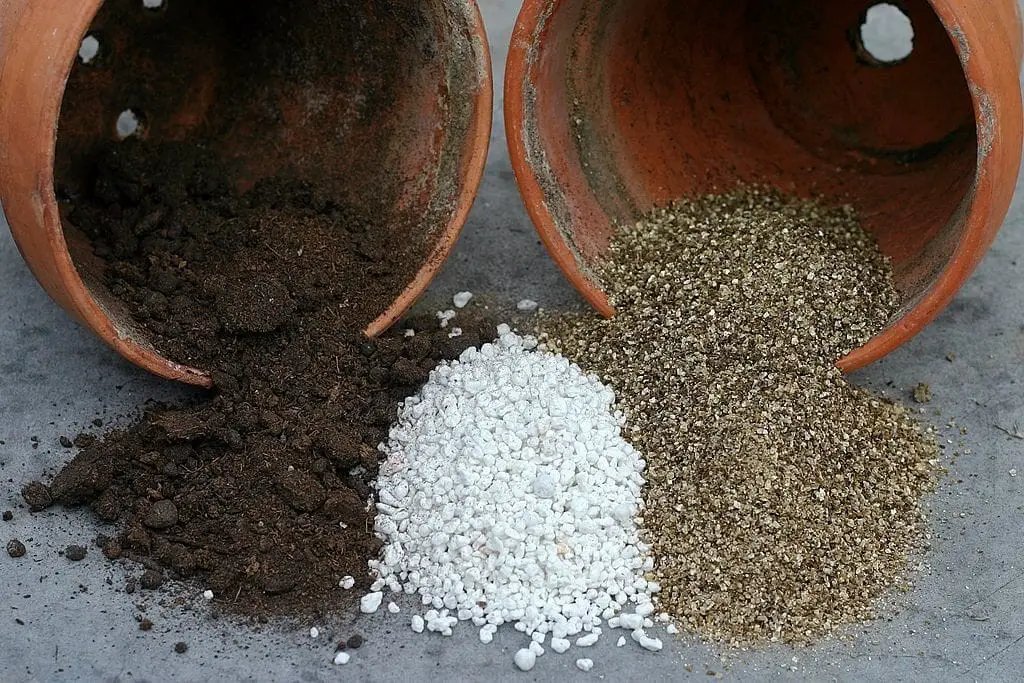
When it comes to soil mixes or pre-added potting mixes, perlite is an essential component that enhances aeration and water drainage for both potted plants and garden plants. For those looking to create their own DIY perlite mix, understanding the process is crucial.
Mix #1: Sterile seed starting mix with perlite
When selecting a seed starter mix, it’s essential to choose one that strikes the perfect balance between lightness and firmness. This type of mix should also have the ability to retain moisture, allowing your seedlings to grow healthily. To achieve this, it’s crucial to avoid mixes containing compost or weed matter. Perlite is an excellent option for a seed starter mix due to its lightweight yet moisture-retentive properties.
To create your own mix, combine equal parts perlite, coconut coir, and peat moss. Add worm castings to the mixture for added nutrients, and then incorporate filtered water to achieve the perfect consistency.
Mix #2: Soil based potting mix with perlite
In contrast to its hydroponic applications, this perlite potting mix is specifically designed for potted plants and garden beds. To effectively utilize it, the key lies in selecting the right topsoil. Not all plants thrive in generic topsoils, so it’s crucial to identify the ideal match for specific plant species.
Once you’ve made that determination, you can combine 1 part compost, 1 part topsoil, and 1 part perlite, then add water (using rainwater whenever possible) to create a well-balanced mixture.
How to use perlite in hydroponics

When it comes to soilless gardening, particularly during harsh winters, perlite emerges as a reliable option. While relying solely on nutrient-based solutions can boost plant survivability, understanding its role in hydroponics is crucial.
Bucket system
As you prepare to start growing your seedlings, position perlite-filled buckets along a water line that connects to a reservoir. Here, the water will flow through a continuous cycle, providing your young plants with a consistent supply of hydration.
Combine with other mediums
While it’s true that perlite has a tendency to float and clog flow systems due to its lightweight nature, this issue can be mitigated by combining it with other growing mediums of higher densities. One common combination in hydroponic gardens is pairing perlite with coconut coir or vermiculite, which can effectively counteract the floating problem and promote healthy plant growth.
Perlite for succulents
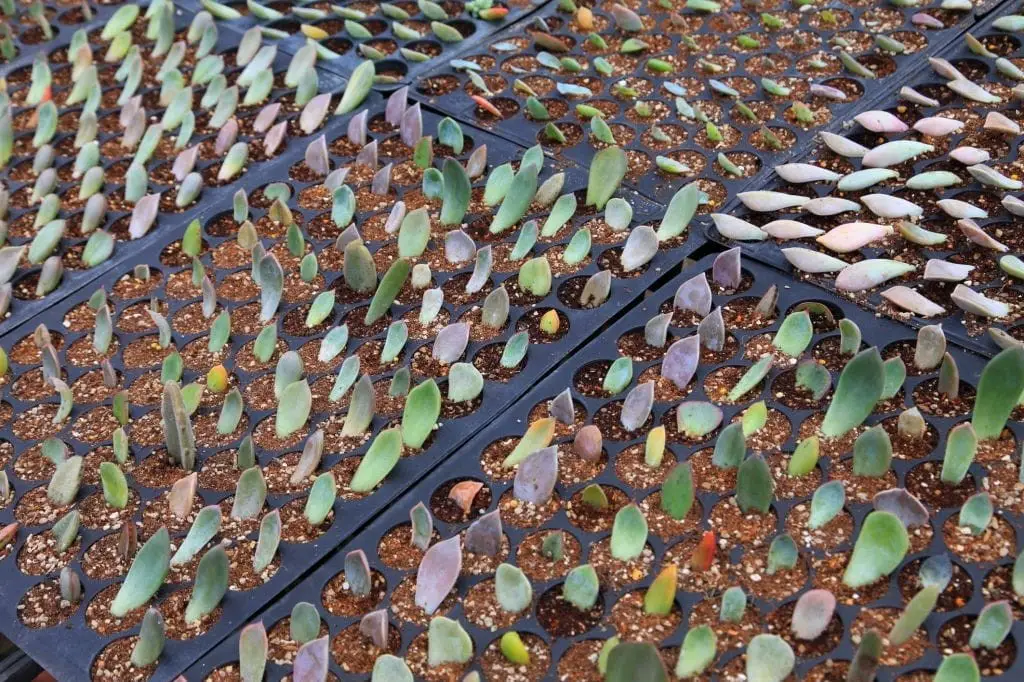
When it comes to providing the perfect environment for succulents, the right soil is crucial. One of the key characteristics of a good succulent soil is its ability to drain quickly and effectively, which is where perlite shines. Its unique properties allow it to retain moisture while also preventing waterlogged conditions that can be detrimental to these plants. As an added bonus, perlite helps to prevent soil compaction, allowing roots to breathe and thrive.
If you’re looking to create your own succulent-friendly potting mix, a simple recipe involves combining 2 parts coarse sand, 2 parts black soil, and 1 part perlite.
How to use perlite for cuttings
Recent horticulture research has revealed that soilless potting mixes can yield significantly better results when taking cuttings. Not only do they produce sturdier stems with a whopping 80% chance of survival, but also healthier roots. One key component in this process is perlite, which provides excellent drainage and helps promote propagation through cuttings. To successfully propagate using perlite, one needs to employ the use of plant bags.
This involves filling approximately one-third of the bag with perlite, adding sufficient water to achieve optimal moisture levels, and allowing the water to settle at the bottom of the bag before placing the cuttings inside and waiting for roots to develop.
Is perlite organic or toxic?
Perlite’s organic origin, stemming from natural obsidian rocks found in volcanic regions, raises concerns about its potential toxicity. Despite being derived from a natural source, the substance can become hazardous to human health if consumed or inhaled in large quantities, making it essential to exercise caution when handling perlite.
Perlite vs vermiculite

While both perlite and vermiculite are commonly used in gardening and horticulture, they serve distinct purposes when applied independently. Perlite is particularly useful when dealing with clay-heavy soils that require loosening, or when you need to drain excess water from plants before rewatering them. Its versatility also makes it a great choice for seedlings that may need to be repotted in the future.
In contrast, vermiculite is often employed as a growing additive that helps maintain optimal moisture levels for your plants. It can also be used to promote stronger seedlings. By recognizing these unique characteristics of each material, you can strategically incorporate them into your gardening routine.
Perlite vs pumice
When cultivating succulents, perlite and pumice are frequently employed as substitute soils or blends to provide optimal drainage conditions. Characterized by their inability to retain water, these materials facilitate the plants’ ability to receive excellent drainage. Typically, they’re combined in a single potting mix or hydroponic solution, particularly when propagating cuttings and creating sterile, weed-free mixes.
Perlite vs sand
While sand can be effective on its own, it may not provide sufficient drainage, potentially leading to soggy conditions. However, when combined with quartz-infused or finer-grained sands (#12 and #14), you can achieve optimal growing conditions for your plants. In contrast, perlite is a popular alternative that can be used independently of sand. While mixing the two might seem like an attractive option, it’s not recommended as they don’t complement each other well.
If left with only one choice, perlite tends to be the better option when compared to pure sand.
Perlite vs diatomaceous earth
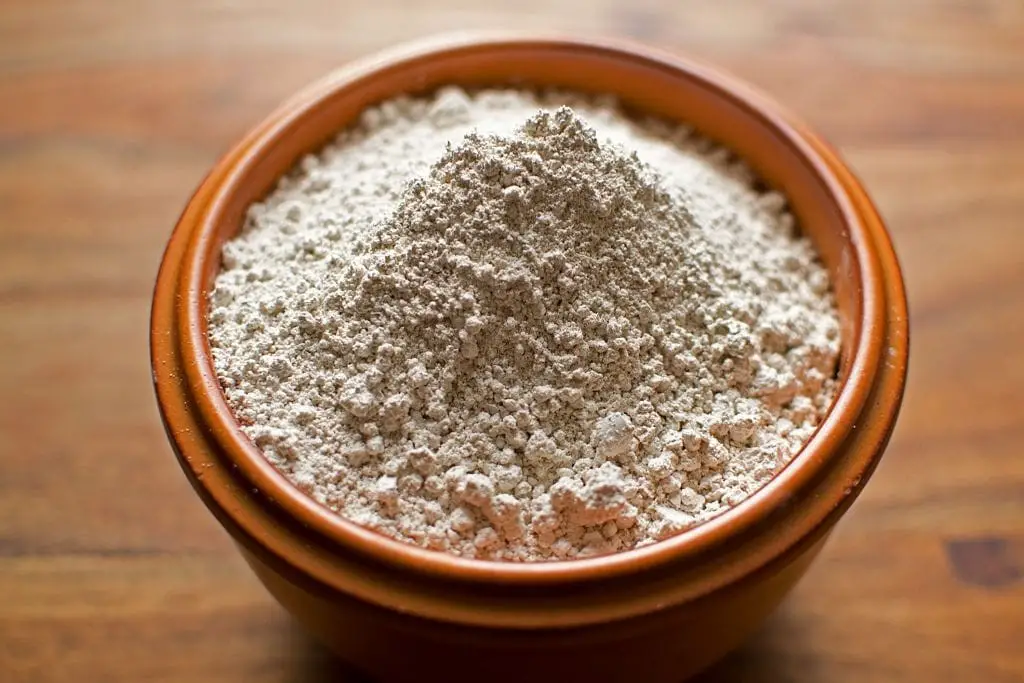
Diatomaceous earth, often abbreviated as diatomite, originates from the fossilized remains of a microscopic algae called diatoms. Like perlite, it undergoes high-temperature processing and is utilized in gardening and hydroponic applications.
While diatomaceous earth can accomplish similar tasks to perlite with a smaller quantity required, its most significant drawback lies in its hazardous nature, earning it a designation as a dangerous waste by international health organizations such as the FDA. Considering these risks, perlite remains a safer choice when given the opportunity.
Does perlite break down?
Unlike vermiculite, perlite’s durability means it won’t degrade over time. This characteristic makes it an attractive option for plants that require less maintenance and repotting, such as seedlings grown through hydroponic systems or those with slower growth rates. Its long-lasting properties ensure consistent support for plant development without the need for frequent adjustments or replacement.
Does perlite hold water?
Perlite’s unique properties make it an indispensable component in various agricultural settings. One of its most notable characteristics is its ability to absorb and retain water within the pockets created when it expands under high heat. This remarkable water-holding capacity is a key factor in perlite’s widespread adoption in gardening, horticulture, and hydroponics.
Additionally, perlite is also capable of efficiently draining excess water, rendering it an extremely versatile material for use with any plant type or configuration.
Where to buy perlite
Perlite is widely available for purchase at various retail establishments. Home Depot, as well as hardware and gardening stores in your area, typically carry this product. For added convenience, online marketplaces like Amazon and eBay also offer perlite for sale, allowing you to make a purchase from the comfort of your own home.
Conclusion
In conclusion, perlite’s value extends far beyond its industrial applications. Its true strength lies in the world of gardening, horticulture, and hydroponics, where it plays a vital role in a wide range of uses. One of its most significant advantages is its exceptional water retention and drainage properties, making it an ideal choice for many garden setups.
Additionally, perlite can be easily mixed with other growing mediums to create a versatile seed starter, cutting propagation medium, or root and stem strengthener. Its widespread availability only adds to its enduring popularity.
Related Posts
To maintain a lush and thriving vegetable garden, efficient irrigation is crucial. Here are 7 practical tips for water-saving vegetable irrigation that’ll help you conserve this precious resource: First, assess your soil type and choose the right plants suited to it. This will reduce evaporation and runoff. Next, use drip irrigation or soaker hoses instead of traditional sprinklers, as they deliver water directly to the roots. Install a rain sensor to automate watering based on rainfall.
Implement a mulching system to retain moisture and suppress weeds. Use compost tea as a natural fertilizer that also helps with drought tolerance. Irrigate during cooler parts of the day, like early morning or evening, to minimize evaporation. Finally, monitor your soil’s moisture levels and adjust your irrigation schedule accordingly.
By following these tips, you’ll be well on your way to becoming an urban farmer, organic gardener, permaculture designer, greenhouse manager, or even an irrigation specialist – all while conserving this valuable resource.

